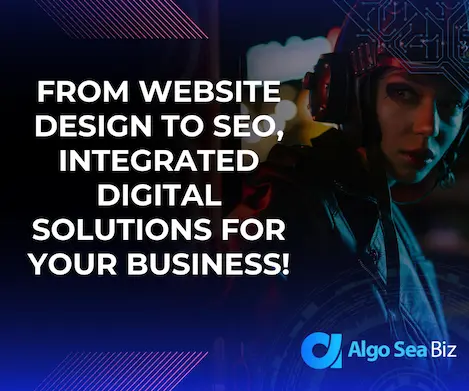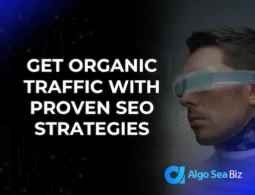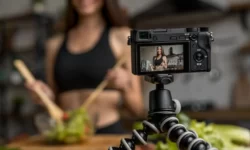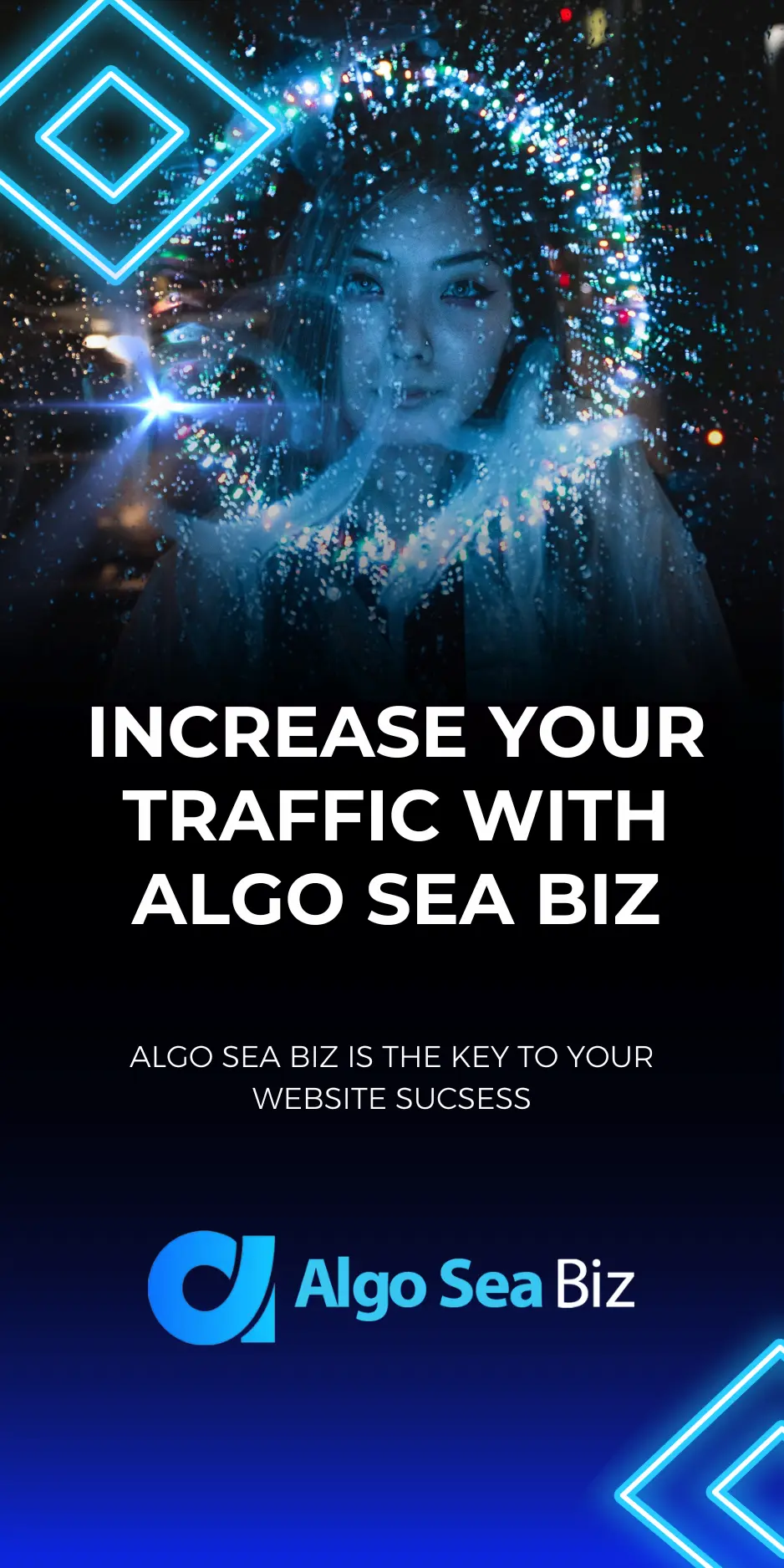Paid Social Media Advertising
“Your brand is only as strong as your presence.” In a world that’s ever-increasingly online, this statement holds significant weight. Ever wondered why your social media feed is filled with tailored ads that seem to resonate with your preferences? Or why certain posts from brands stand out more than others? The digital realm is bustling with businesses aiming to capture your attention, and paid advertising is their mighty tool. While traditional, organic strategies can build authentic connections, paid advertising turbocharges this outreach, creating a synergy that’s hard to beat in today’s competitive market.
1. What is Paid Social Media Advertising?
At its core, Paid Social Media Advertising is the practice of paying to display your brand’s content on users’ social media platform feeds. Unlike the posts you naturally see from friends or pages you follow (which is organic content), these are strategically placed to reach a broader or more targeted audience.
Organic vs. Paid Social Media Promotion – A Simple Analogy:
Imagine you’ve baked a delicious cake (your content) and kept it in your window. People who walk past your house (your followers) can see and appreciate it – that’s organic promotion. Now, instead of waiting for people to walk past, you decide to put up banners across town, inviting people to taste your cake at your home. You’ve paid for those banners, and now more people, including those who’ve never been to your neighborhood, come to taste your cake. That’s paid promotion. In the realm of social media, your banners are those sponsored posts or ads that users see, ensuring your “cake” gets more visitors and appreciation.
In essence, while organic promotion relies on natural reach and audience engagement, paid promotion boosts this reach, ensuring your content gets in front of the right eyes, at the right time. Both strategies have their merits, but together, they can be a formidable force in the digital marketing landscape.
2. Benefits of Paid Social Media Advertising
In the sprawling jungle of the internet, how do you ensure your voice is heard? The answer lies in paid social media advertising. Let’s dive into the advantages:
- Increased Reach and Visibility: Just like a spotlight on a stage, paid ads put your brand in the limelight. While organic strategies might reach a section of your audience, paid ads cast a wider net. It ensures that your content isn’t just seen by your followers but also potential customers who haven’t discovered your brand yet.
- Precise Targeting Capabilities: Ever felt like a particular ad was made just for you? That’s the power of precise targeting. Platforms offer advanced targeting options, allowing brands to showcase their ads based on age, location, interests, behaviors, and more. Thus, ensuring that your content reaches the people most likely to be interested.
- Instant Traffic and Faster Results: While organic growth is more like a marathon, paid advertising can be seen as a sprint. The moment your ad is live, it starts fetching views, clicks, and conversions, thereby driving instant traffic to your site or profile.
- Enhanced ROI and Conversion Rates: When your content reaches the right audience, the chances of conversion skyrocket. Tailored ads, combined with compelling call-to-actions, lead to better conversion rates. As a result, businesses often find that the investment in paid ads results in a commendable return on investment (ROI).
3. Leading Platforms for Paid Advertising
The world of social media is vast, with numerous platforms offering unique advertising opportunities. Let’s explore some of the frontrunners:
- Facebook: Often considered the king of social media, Facebook offers diverse ad formats from image and video ads to carousel and slideshow ads. With a massive user base, it provides vast audience reach and detailed targeting options.
- Instagram: A haven for visual content, Instagram ads often blend seamlessly into user feeds. From Stories ads to IGTV and shopping ads, brands can leverage various formats to engage the audience.
- LinkedIn: The go-to platform for B2B advertising. With options like sponsored content and InMail, businesses can reach professionals and decision-makers effectively.
- Twitter: Beyond just tweets, Twitter offers promotional opportunities with sponsored tweets and Twitter cards. It’s perfect for real-time engagement and to tap into trending conversations.
- Pinterest: A platform where users discover and save ideas. Sponsored pins allow brands to reach users actively looking for inspiration, making it perfect for sectors like home décor, fashion, and recipes.
Each platform, with its unique features and audience demographics, provides varied opportunities. Brands need to choose platforms aligning with their target audience and campaign objectives to maximize their paid advertising potential.
4. Strategies for Effective Paid Social Campaigns
A. Goal Setting: Awareness, Engagement, or Conversions?
Before stepping into the vast ocean of paid social advertising, it’s crucial to know your destination. What’s the purpose of your campaign? Do you want to raise brand awareness, foster engagement, or drive conversions? Each goal requires a tailored approach. For instance, while video ads might be perfect for brand awareness, carousel ads can be more effective for conversions.
B. Target Audience Identification
Knowing your audience is half the battle won. Dive deep to understand their likes, dislikes, habits, and preferences. This not only helps in targeting them better but also in crafting messages that resonate. Platforms like Facebook offer tools that help refine your audience segment for maximum impact.
C. Designing Compelling Ad Creatives
A picture speaks a thousand words. In the digital world, it can also earn you thousands of clicks. Designing compelling visuals combined with concise and catchy copy ensures that your ads stand out in a crowded feed. Remember, the first impression matters!
D. Landing Page Optimization
Your ad can grab attention, but it’s the landing page that seals the deal. Ensure it’s optimized for conversions, is mobile-responsive, and aligns with the promise made in the ad. This ensures a seamless experience for the user, increasing the chances of conversion.
5. Cost Structures in Paid Social Advertising
Understanding the cost structure is like decoding the DNA of paid advertising. Let’s simplify it:
- CPC (Cost-Per-Click): You pay every time someone clicks on your ad. Suitable for driving website traffic or conversions.
- CPM (Cost-Per-Thousand Impressions): You pay for every 1,000 ad views, irrespective of clicks. Ideal for brand awareness campaigns.
- There are other models too, like CPA (Cost-Per-Acquisition) where you pay when a specific action (like a sale) happens through the ad.
Factors that Influence Ad Costs
Several elements can affect your ad costs. This includes the chosen platform, target audience’s competitiveness, ad quality, and even the time of year. For instance, as per WordStream, holiday seasons might see a surge in ad costs due to increased demand.
Budgeting Tips for Startups and SMEs
Budgeting can be a tightrope walk, especially for smaller businesses. But here’s a pro-tip: start small. Test different ads with smaller budgets, see what works, and then scale up. Also, always monitor performance using tools and insights provided by platforms to ensure you’re getting value for your money.
6. Measuring the Success of Paid Ad Campaigns
Understanding whether your paid social media efforts are working is pivotal. But how can we measure success? Let’s delve into it.
- Introduction to Metrics and KPIs
Every campaign has its own set of success markers or Key Performance Indicators (KPIs). These could range from clicks, likes, shares, to more advanced metrics like conversion rate, click-through rate (CTR), and customer lifetime value. Knowing which KPIs align with your campaign goals is the first step in the right direction.
- Using Analytics Tools to Track Performance
Just as a sailor uses a compass, marketers use analytics tools. Platforms like Facebook come equipped with their in-built analytics dashboards that provide in-depth insights into how ads are performing. These tools help you monitor the number of views, engagement rates, demographic details of the engaged audience, and more.
- ROI Calculation and Importance
ROI, or Return on Investment, is the golden metric. It’s a simple formula: (Net Profit / Cost of the Ad Campaign) x 100. The higher the ROI, the better. By calculating ROI, businesses can determine if their ad spending is translating into real-world profits. This ensures you’re not just spending, but investing in growth.
7. Common Challenges & How to Overcome Them
Every venture has its hurdles, and paid social advertising is no exception. Let’s tackle some common challenges head-on.
- Ad Fatigue and Ways to Refresh Campaigns
Ad fatigue happens when your audience sees the same ad too many times and becomes immune to its message. The solution? Regularly refresh your ad creatives. This doesn’t mean a complete overhaul – sometimes, a change in color scheme or a new headline can reignite interest.
- Navigating Platform-Specific Algorithms
Each social platform has its unique algorithm, determining which ads get visibility. These algorithms, as reported by Search Engine Journal, often prioritize content that’s engaging. The trick? Design ads that not only sell but also entertain, educate, or inspire.
- Ensuring Ad Content is Mobile-Optimized
With a majority of users accessing social media on mobile devices, ensuring your ads are mobile-friendly is a must. This means quick-loading images, concise text, and a clear call-to-action. Mobile optimization ensures users get the best experience, regardless of the device they’re on.
By being aware of challenges and armed with strategies to tackle them, businesses can ensure their paid social media campaigns remain powerful, persuasive, and profitable.
8. Best Practices & Tips
Navigating the world of paid social media advertising might seem daunting, but with the right practices in place, it becomes a smooth sail. Here are some handpicked guidelines to steer you in the right direction:
- A/B Testing and its Significance
Ever been in a dilemma about which ad copy or image would work better? That’s where A/B testing, often referred to as split testing, comes in. By running two variants of an ad simultaneously, businesses can gauge which one resonates more with the audience. According to WordStream, consistent A/B testing can lead to better conversions and a higher ROI.
- Importance of Audience Segmentation
Not everyone on social media is your target audience. Segmenting, or dividing your audience into smaller, more specific groups, allows for more personalized advertising. For instance, a teenager might not resonate with an ad meant for retirees. Segment and target – it’s the mantra for higher engagement.
- Staying Updated with Platform Changes and Updates
The digital landscape is ever-evolving. Platforms like Facebook or Instagram often roll out updates that can affect ad performance. It’s essential to stay in the loop. Regularly visiting blogs like HubSpot can keep you updated, ensuring your strategies are always in sync with the latest trends and features.
Conclusion
In this digital age, the power of paid social media advertising is undeniable. It has reshaped the landscape of marketing, bridging the gap between businesses and potential customers like never before. However, the real magic lies in balancing the organic essence of social media with the amplified reach of paid strategies. As we’ve uncovered, with the right approach, tools, and best practices, businesses can harness the full potential of paid advertising, reaching newer heights and achieving unparalleled success. So, to all businesses out there: Dive in, experiment, and remember to strike that perfect balance for maximum impact.










